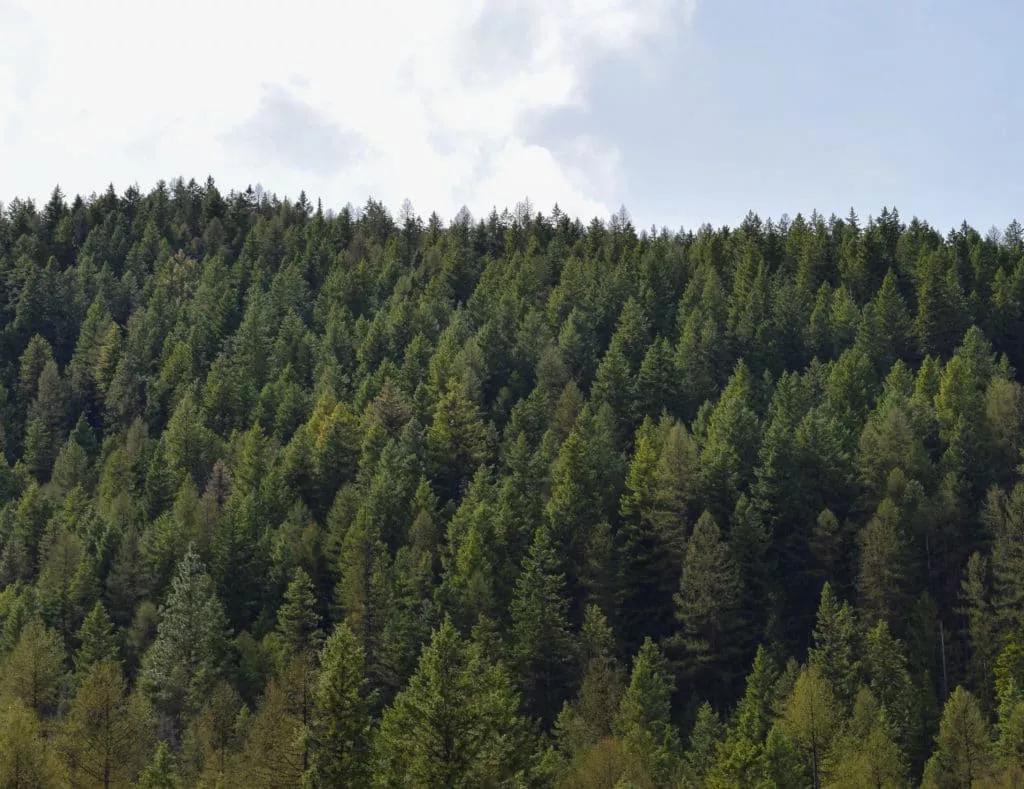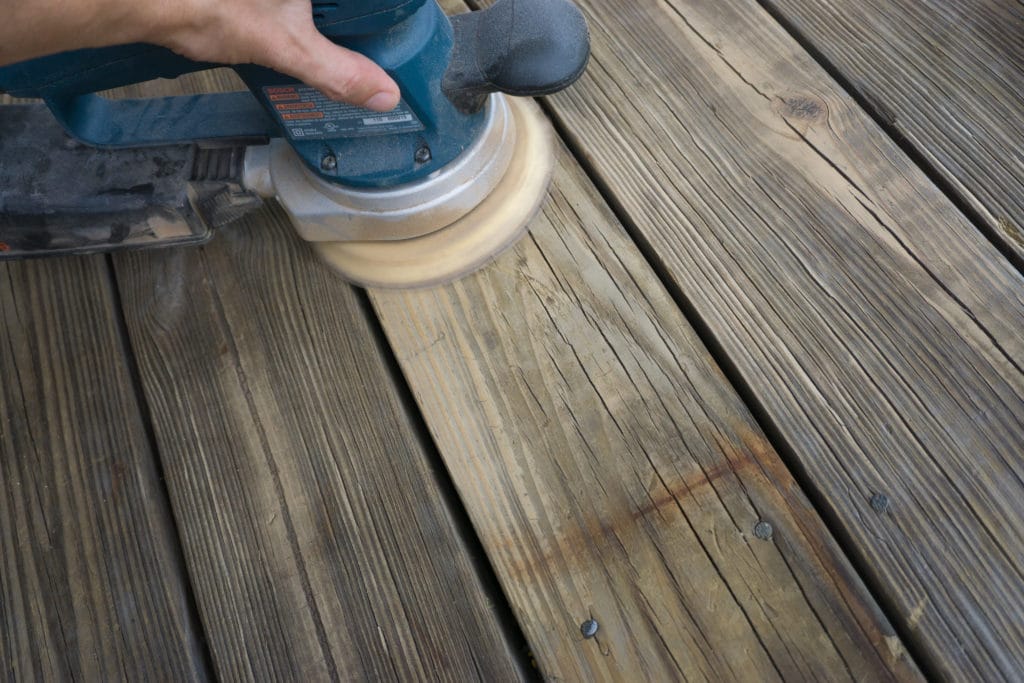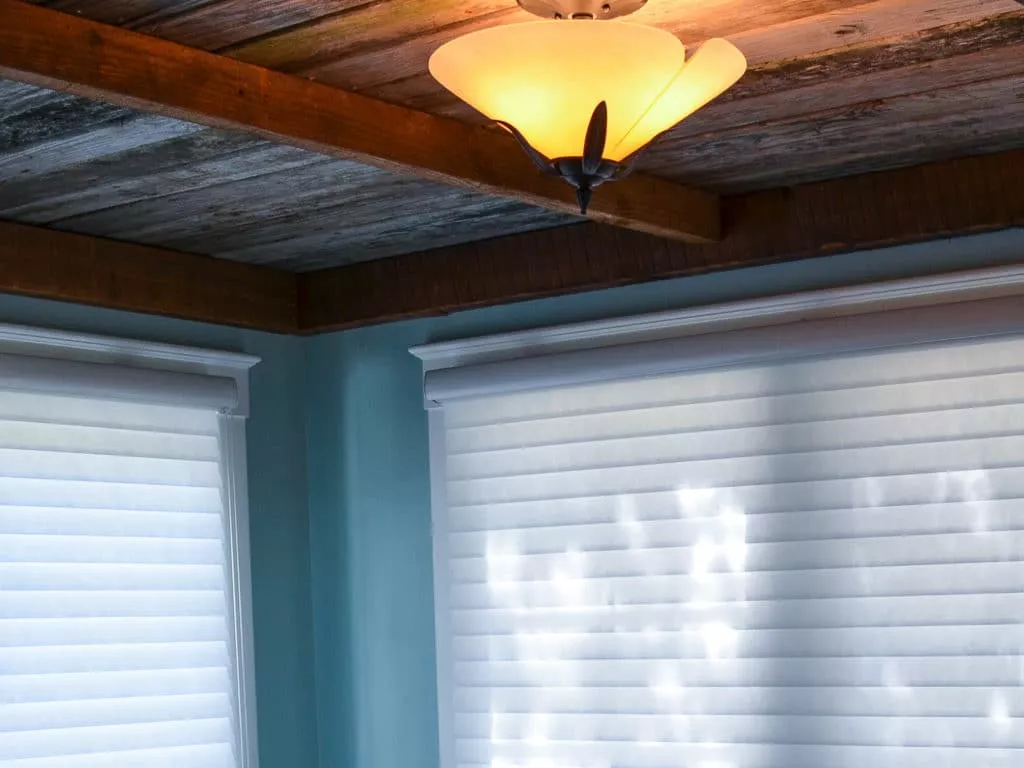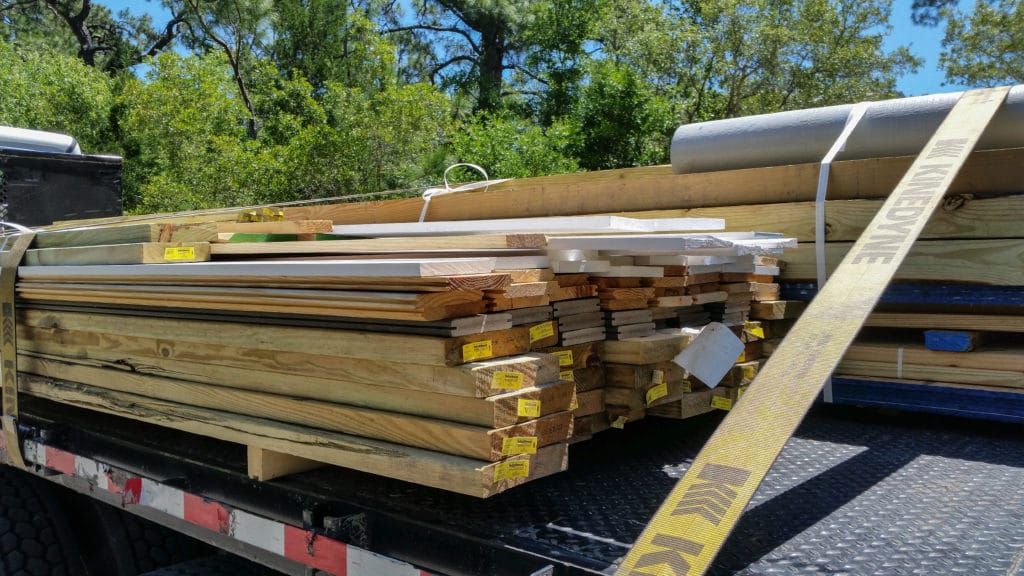Renewable Resource
Wood is a renewable resource fueled by solar power. Since 1900, the total acreage of forests in the United States has remained relatively stable. In recent years though, new growth and planting of trees has far exceeded consumption. Every year, some 1.6 billion new trees are planted. Also, when compared to other raw materials, wood takes less energy to produce since the energy of production was largely provided by the sun.

Carbon Sequestration
Because photosynthesis uses the energy of the sun to convert carbon dioxide into tree biomass, tree growth is a major source of carbon sequestration, or the removal of carbon dioxide from the atmosphere. Carbon dioxide from the atmosphere is bound into longer carbon chains that form wood fibers. This process acts as a carbon sink for the life of the wood product. In contrast, materials made from oil (like plastics and composite decking) act as a net producer of carbon dioxide.
For example, 1 lb. of softwood lumber represents about 1.8 lbs. of bound carbon dioxide so your average 300 square foot deck has locked up about 1,100 lbs. of carbon dioxide from the atmosphere for the life of the product. According to the Western Wood Preservers Institute, one pressure-treated deck board offsets 20 lbs. of carbon dioxide from the atmosphere and saves 54 lbs. of carbon dioxide when compared to an alternative product like wood-plastic composite decking.

Refinishing
Wood is a solid material throughout and can be refinished several times over its life span. A faded deck built years ago can be sanded and stained, restoring the wood to its original look. Composite or man-made materials usually have their finished face imprinted or wrapped on the top surface only. Once the color fades or the material deteriorates from the sun, little can be done to bring it back.

Re-Use
After the useful life of the decking, wood can be repurposed into a new use. There’s no need to haul the material to a landfill when you can use it for other purposes right on site. For example, I’ve taken deck boards from a 40-year-old deck and clad a ceiling with them. The sun-worn nature of the wood was the perfect match for our rustic motif.

Local Material
Since wood is produced all over the United States, it’s easy to source decking from a local producer. Buying local has a positive environmental impact since it removes the energy used and pollution produced from long distance transportation. Local materials are important enough that the U.S. Green Building Council (USGBC) issues credit(s) for them in its LEED standards. In contrast, since man-made decking is composed of more varied raw materials (including petroleum), it is nearly impossible to find non-wood decking that has all material and processing contained in a local area.







